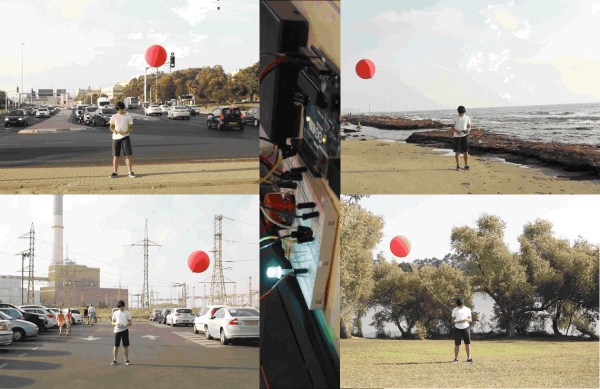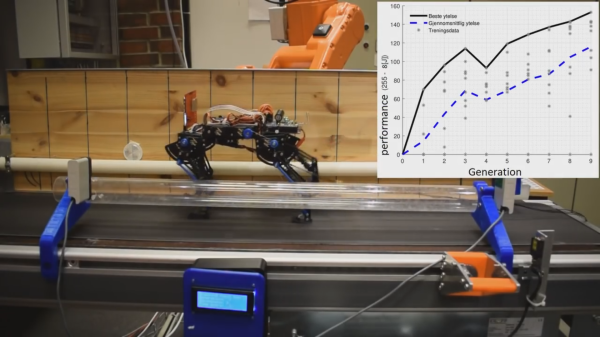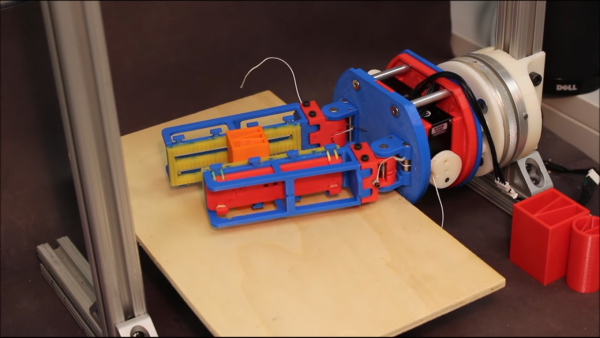The molar mass of carbon monoxide (CO) is 28.0, and the molar mass of air is 28.8, so CO will rise in an ambient atmosphere. It makes sense to detect it farther from the ground, but getting a tall ladder is not convenient and certainly doesn’t make for fast deployment. What do you do if you don’t care for heights and want to know the CO levels in a gymnasium or a tall foyer? Here to save the day, is the Red Balloon Carbon Monoxide Detector.
Circuit.io generates the diagram and code to operate the CO sensor and turn a healthy green light to a warning red if unsafe levels are detected. The user holds the batteries, Arduino, and light while a red balloon lifts the sensor up to fifteen feet, or approximately five three meters. It is an analog sensor which needs some time to warm up so it pays to be warned about that wire length and startup.
Having a CO sentinel is a wise choice for this odorless gas.
















